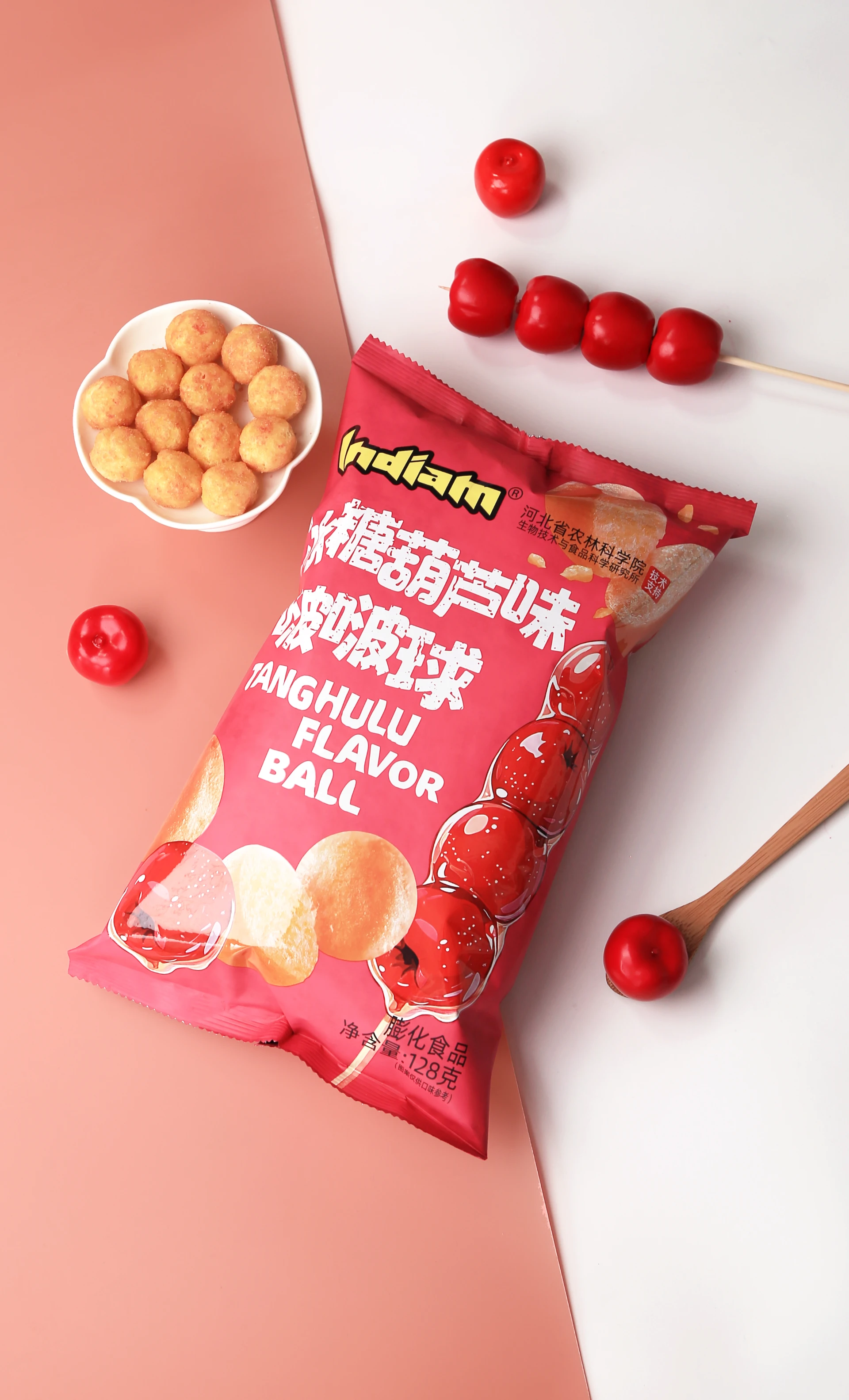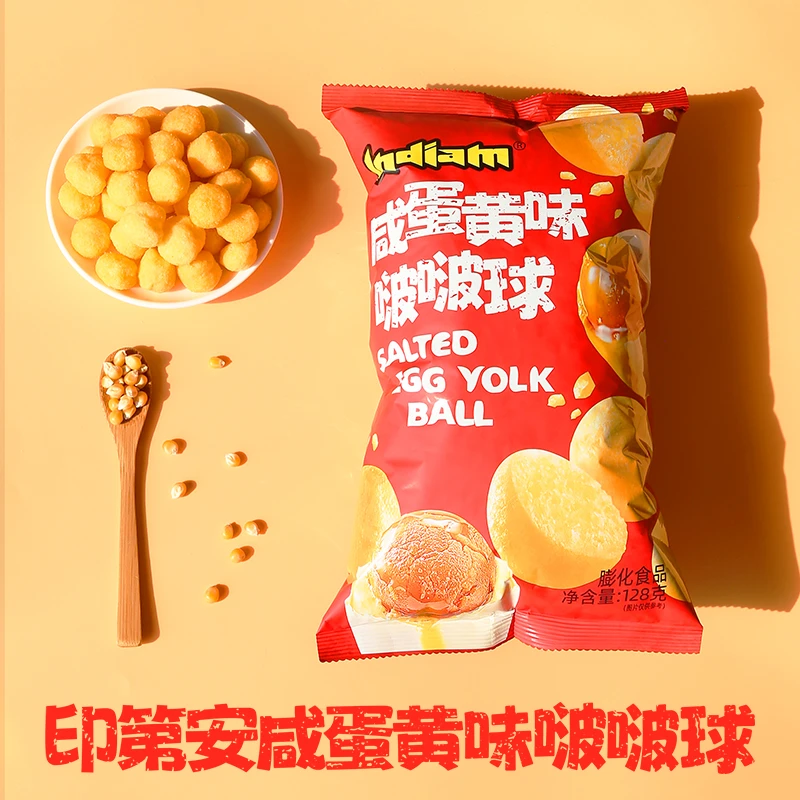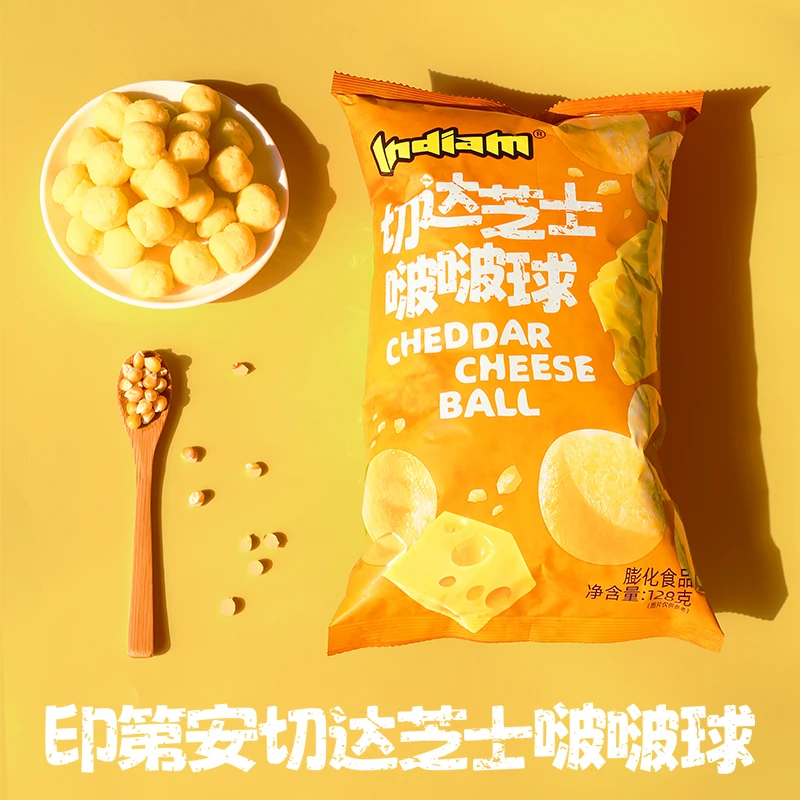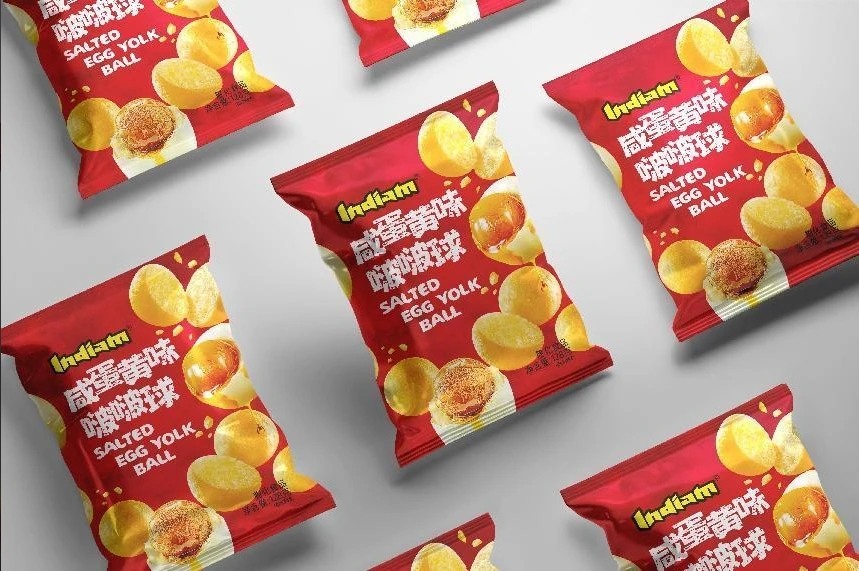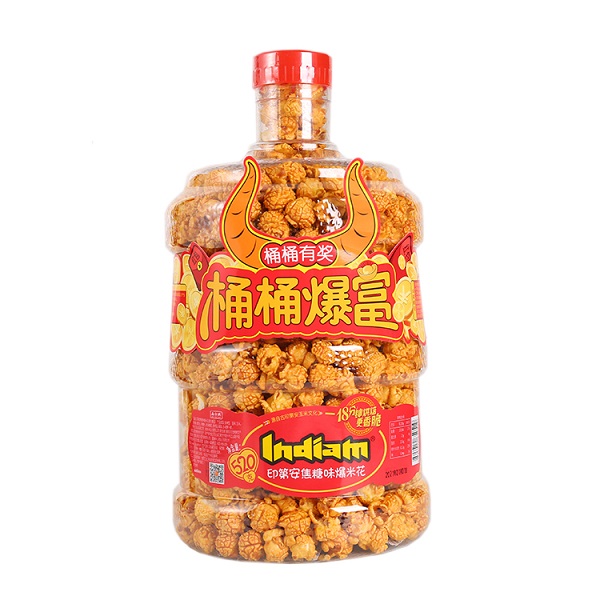Discover Healthy Frozen Snacks | Nutritious & Convenient Food Options
Healthy Frozen Snacks: A Global Perspective on Convenience and Nutrition
It might surprise some that healthy frozen snacks have grown from niche convenience items to key players in sustainable food solutions worldwide. In a world racing against climate change, urbanization, and shifting consumer habits, frozen foods offer a rather elegant fix — preserving nutrients without waste. Whether for busy urbanites, remote communities, or emergency relief efforts, understanding healthy frozen snacks has never been more meaningful. They blend convenience, shelf life, and nutritional value, addressing hunger and health in one bite-sized package.
Global Importance of Healthy Frozen Snacks
The global frozen food market is expected to surpass $400 billion by 2030, according to the latest market analyses. Meanwhile, organizations like the United Nations have emphasized food security and nutritional quality as cornerstones of sustainable development goals (SDGs). Frozen snacks bridge a vital gap — providing healthy options that reduce spoilage, support longer supply chains, and deliver essential nutrients to diverse populations.
But the challenge is more nuanced than just freezing food. Consumers want snacking options that feel wholesome and natural, not processed or packed with additives. At the same time, producers grapple with keeping cost and environmental impact low. Thus, healthy frozen snacks sit at the crossroads of technology, agriculture, and consumer psychology.
What Exactly Are Healthy Frozen Snacks?
Simply put, healthy frozen snacks are pre-prepared or easy-to-prepare food products that are frozen and made with nutritional balance in mind. They often feature fresh fruits, vegetables, lean proteins, and whole grains without excessive sugars, salt, or preservatives. The “healthy” label implies adherence to recognized dietary guidelines and sometimes certifications, such as organic or non-GMO statuses.
From an industrial viewpoint, these snacks are crafted through rapid freezing techniques that lock in nutrient content and freshness while extending shelf life. This has vast implications for food accessibility, especially in areas where fresh produce is limited or perishable goods can't survive traditional supply routes.
Core Components of Healthy Frozen Snacks
1. Nutritional Quality
These snacks prioritize macro- and micronutrient preservation. Techniques like flash freezing minimize vitamin loss, ensuring consumers receive the health benefits expected in fresh items.
2. Ingredient Transparency
More than ever, consumers want to know what’s inside their snacks. Clear labeling and minimal processing are central to building trust in healthy frozen options.
3. Packaging Innovation
Packaging isn’t just about aesthetics or convenience — it must protect, preserve, and sometimes even contribute to environmental goals via recyclability or reducing plastic use.
4. Cost Efficiency & Scalability
To tackle global needs, production needs to remain affordable and scalable. Balancing quality with price is the secret sauce many manufacturers strive to perfect.
5. Safety & Regulatory Compliance
Food safety protocols are critical. Many producers comply with ISO 22000 or HACCP standards to assure customers worldwide.
Mini takeaway:
Healthy frozen snacks aren’t just frozen food — they’re carefully engineered solutions balancing nutrition, trust, and practicality.
Real-World Applications of Healthy Frozen Snacks
These snacks feature in many unexpected places:
- Disaster Relief: Organizations like the World Food Programme utilize refrigerated, nutrient-dense snacks to support displaced populations when fresh food supply lines break down.
- Urban Fast Living: Busy professionals increasingly turn to healthy frozen options to maintain balanced diets without cooking time.
- Remote and Rural Areas: Frozen snacks help bridge gaps where fresh produce is scarce or seasonal.
- Schools and Institutions: Ensuring kids and staff get balanced meals is easier with portioned frozen snacks.
Oddly enough, the frozen aisle may be solving hunger relief and lifestyle demands simultaneously.
Product Specification Table for a Popular Healthy Frozen Snack
| Specification | Value |
|---|---|
| Serving Size | 100g (1 pack) |
| Calories | 120 kcal |
| Protein | 6g |
| Fiber | 4g |
| Sodium | 150mg |
| Free From | Gluten, Artificial Preservatives |
| Shelf Life | 12 months (frozen at -18°C) |
Major Vendors: A Comparison
| Vendor | Product Range | Certifications | Price Range (per pack) | Global Reach |
|---|---|---|---|---|
| GreenBite Foods | Vegetable & Grain Mixes, Fruit Bites | Organic, Non-GMO, ISO 22000 | $2.50 - $3.50 | North America, Europe, Asia |
| NutriFrost | Protein Bites, Energy Bars | HACCP, Gluten-Free Certified | $3.00 - $4.00 | Europe, Australia, US |
| FrozNa | Fruit-based snacks, Vegan options | Vegan Certified, ISO 9001 | $2.80 - $3.20 | Asia, Middle East |
Why Invest in Healthy Frozen Snacks? The Advantages and Long-Term Value
The rationale is straightforward but critical: frozen snacks combine longevity with health without compromising taste. This means less food waste — which, according to FAO reports, contributes nearly 8-10% of global greenhouse gases. A frozen snack eaten rather than wasted is—ahem—both environmentally sound and economically savvy.
On the consumer side, there’s the peace of mind of having ready-to-eat nourishment that doesn’t sabotage dieting efforts or health goals. Plus, innovation in flavors and ingredients means the stigma around “frozen = bland” is fading. Socially, it supports inclusivity — think elderly or disabled populations who need accessible, nutritious food with minimal prep.
Emerging Innovations and the Future of Healthy Frozen Snacks
Here’s where it gets exciting: research into green energy-powered freezing methods, biodegradable packaging, and “smart” frozen products (with embedded sensors to track freshness) is accelerating. Imagine your snack telling you it’s still fresh or when to eat it! Plus, digital platforms are allowing customers to customize their frozen snack boxes, marrying tech with nutrition — a true mark of 21st-century food culture evolving rapidly.
Challenges and How the Industry is Addressing Them
Of course, some bumps remain. Consumers sometimes perceive frozen foods as “less fresh” or “processed.” Price sensitivity is another barrier. Supply chain disruptions have shown vulnerabilities, especially in cold chain logistics.
Industry experts suggest transparency in sourcing and production, combined with more affordable product tiers, can combat hesitation. Also, advances in cold chain efficiency (think solar-powered refrigeration trucks) help keep costs down while reducing carbon footprints.
FAQ: Common Questions About Healthy Frozen Snacks
Q1: Are healthy frozen snacks as nutritious as fresh snacks?
A1: Generally, yes. Modern freezing techniques like flash freezing preserve most vitamins and minerals. In some cases, frozen fruits and vegetables can be more nutritious than fresh ones, especially if the fresh produce has traveled long distances before consumption.
Q2: How long can healthy frozen snacks be stored safely?
A2: Typically, healthy frozen snacks can last from 6 to 12 months if kept at or below -18°C. Always check packaging for specific expiration dates and storage instructions.
Q3: Are healthy frozen snacks suitable for specialized diets?
A3: Many manufacturers now produce snacks catering to vegan, gluten-free, low-sugar, or allergen-free diets. Labels and certifications will guide these choices.
Q4: Can I find healthy frozen snacks with sustainable packaging?
A4: Increasingly so. Brands are adopting recyclable, compostable, or minimal plastic packaging to meet consumer demand for environmental responsibility.
Q5: How do I choose a reliable vendor for healthy frozen snacks?
A5: Look for certifications like ISO 22000, HACCP, and organic labels. Check reviews, global reach, and product transparency. Our healthy frozen snacks page also profiles trusted suppliers making waves in the market.
Wrapping It Up: The Snack Revolution Continues
Healthy frozen snacks are more than quick fixes — they’re a careful blend of art and science, helping solve real nutrition and sustainability challenges worldwide. Their evolution signals a more health-conscious, environmentally aware future in food consumption. Next time you walk past that frozen aisle, maybe pause — there’s a lot more going on behind those frosty packages than meets the eye.
Curious to explore options or want to learn more? Visit our website at https://www.indiampopcorn.com for fresh insights and the latest offerings in healthy frozen snacks.
References
Post time: Nov . 24, 2025 12:30






